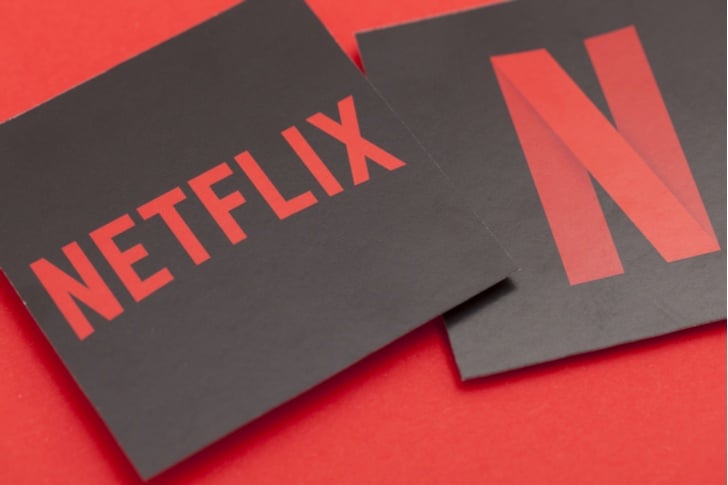If you bought Netflix (NASDAQ:NFLX) stock at the start of the current recovery, when the price of the shares was in the mid-teens, you are sitting on a gigantic capital gain, as Netflix stock is currently worth more than $360 per share.
You may also be suffering from vertigo because Netflix stock peaked at over $400 per share in July and then fell below $340 per share, before starting its latest rally which began in August.
The fall of NFLX stock came on fears about slowing subscriber growth, while the latest uptrend was sparked by analysts who told traders to exploit the lower prices. Additionally. AT&T (NYSE:T) CEO Randall Stephenson recently compared Netflix to Walmart (NYSE:WMT), which, as Zacks noted, reaches so many U.S. consumers.
Although NFLX stock has been rallying lately on bullishness about its longer term outlook, it does face technological and macroeconomic threats.
Pricing Power
The story of NFLX is one of pricing power.
Once NFLX got into streaming, many people compared it to channels like HBO, which is now part of AT&T.
But as Netflix’s offerings have grown, and as it has morphed from a reseller of others’ content to a producer of a mind-boggling array of shows, it’s becoming clear that NFLX is a substitute for cable.
The idea that Netflix might replace cable in many homes is why the market capitalization of Netflix stock is over $160 billion, nearly as high as the market caps of Walt Disney Co. (NYSE:DIS) and Comcast (NASDAQ:CMCSA
).
Netflix stock has reached this level even though NFLX generated just $11.7 billion of revenue in 2017, while Disney’s reported revenue of $55 billion for its last fiscal year, and Comcast’s 2017 top line came in at $84 billion. Investors are still buying Netflix’s potential more than its performance.
Economic Fallout
The weakness of NFLX stock is that its price is based on bullishness about the global economy and optimism about the Internet’s potential.
If Netflix is cable, and not just a cable channel, Netflix has tremendous pricing power. The company’s pricing is now tiered, and ranges from $8 to $14 per month. However, the press is talking about a new $17 per month plan, featuring HDR content that Netflix says requires Internet speed of 25 Mbps.
The need for such a high Internet speed is a potential weakness for Netflix stock. Following the elimination of net neutrality, AT&T could prevent its customers from attaining that speed or limit the number of hours that Netflix HDR subscribers could use the service.
So far this hasn’t happened, and the launch of 5G service, which Verizon Communications (NYSE:VZ) is pricing at $50 per month for 300 Mbps of speed, makes such problems unlikely.
Instead, AT&T and Comcast have created Internet data caps. When their customers are watching the companies’ systems, they can use unlimited amounts of data. But when they watch Netflix, the data they use counts against their data caps. For wired U-Verse customers, those caps now start at 300 GBs per month, but the caps of more expensive tiers reach as high as 1 TB, which AT&T says amounts to 400 hours of HD video or over 100 hours of HDR.
For consumers who buy the higher service tier, in other words, the data caps are not an issue. And the proliferation of 5G service will make the caps even less important.
The Bottom Line on Netflix Stock
To buy Netflix stock now, you must believe the company has as much pricing power as cable TV companies and the ability to monetize its content across a variety of platforms and experiences like amusement parks.
That requires a lot of bullishness. You can ride the momentum of Netflix stock now, but an economic downturn is going to hit NFLX stock hard.
Dana Blankenhorn is a financial and technology journalist. He is the author of a new mystery thriller, The Reluctant Detective Finds Her Family, available now at the Amazon Kindle store. Write him at danablankenhorn@gmail.com or follow him on Twitter at @danablankenhorn. As of this writing he owned shares of AT&T.

